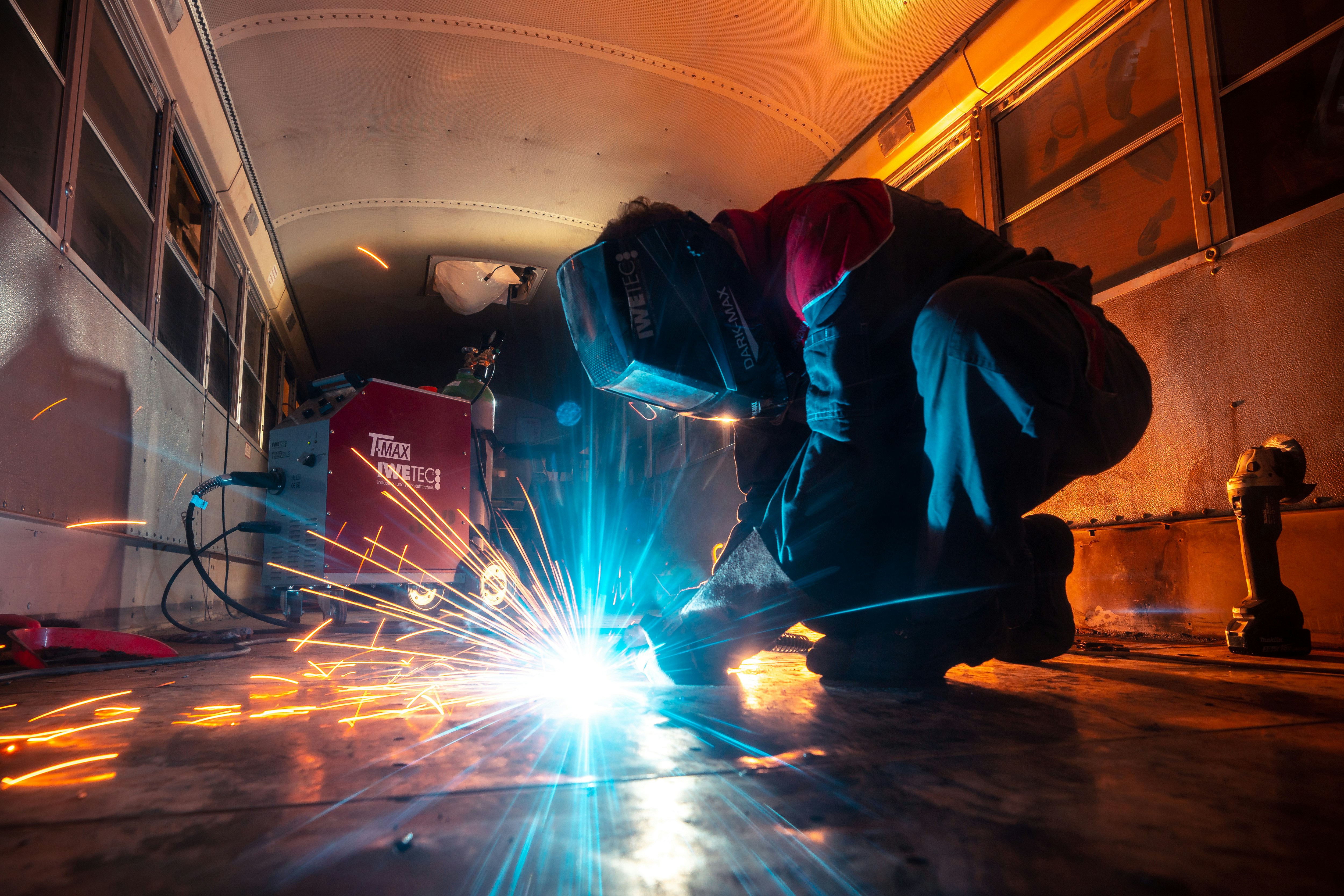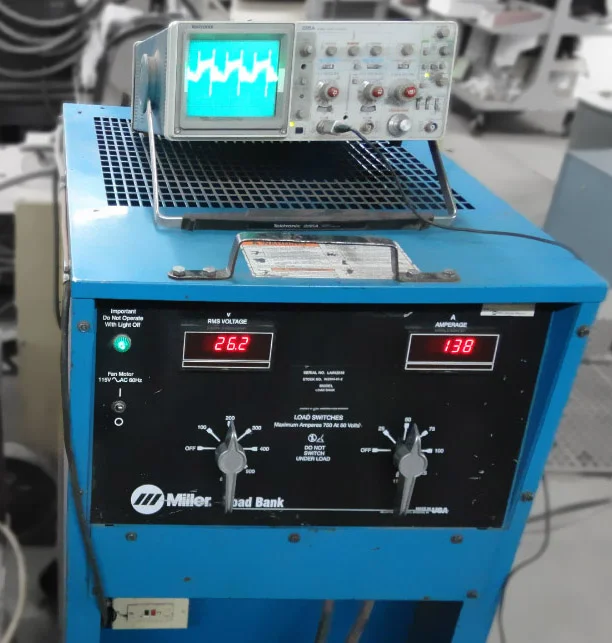

Welding Machine Calibration
Welding Machine Calibration Service
In the rapidly evolving field of welding technology, precision and safety stand paramount. The calibration of welding machines is a critical service that ensures these two pillars are not just met but exceeded. With the ever-growing demand for precise welding applications in various industries, including automotive, aerospace, and construction, the need for regular calibration services cannot be overstressed. In this comprehensive guide, we delve into the intricacies of welding machine calibration, the cornerstone of achieving optimal performance and ensuring the longevity of your welding equipment.
The Essence of Welding Machine Calibration
Welding machine calibration is a procedure that aligns the machine's output with set standards to ensure accuracy, reliability, and safety in welding operations. This service is essential for maintaining the integrity of welds, reducing waste, and ensuring compliance with international quality standards such as ISO, AWS, and ASME.
Why Calibration is Critical
Accuracy and Quality Assurance: Calibration ensures that the welding machine operates within the specified parameters, producing consistent and high-quality welds that meet design requirements and standards.
Safety: It minimizes the risk of equipment malfunction, which can lead to safety hazards for operators and potentially compromise the structural integrity of welded components.
Compliance and Certification: Many industries require documented proof of calibration for compliance with quality management systems and to fulfill contract specifications.
Preventive Maintenance: Regular calibration can identify potential issues before they escalate into costly repairs or equipment failure, thus extending the lifespan of the welding machine.
The Calibration Process: What to Expect
The calibration process involves several key steps, tailored to the specific requirements of the welding machine and the standards it needs to comply with. A typical calibration service includes:
Initial Inspection and Testing: Assessing the machine's current state, including its settings, output, and performance.
Adjustment and Calibration: Aligning the machine's output with the required standards, using precise instruments and methodologies.
Verification and Documentation: Conducting post-calibration tests to verify accuracy, followed by the issuance of a calibration certificate.This meticulous process not only ensures the optimal performance of welding machines but also underpins the quality and safety of the welding operations.
Choosing the Right Calibration Service
Contact USSelecting a competent and reliable calibration service is crucial. Link Technical Arc Services offers unparalleled expertise in welding machine calibration, repair, and maintenance. With a profound understanding of the importance of precision in welding operations, our team ensures your equipment meets and exceeds industry standards. Learn more about our welding machine repair services and how we can help maintain the peak performance of your welding operations.
The Benefits of Regular Calibration
Enhanced Performance and Productivity: Properly calibrated machines operate at peak efficiency, reducing downtime and increasing productivity.
Cost Savings: By ensuring accuracy and reducing the likelihood of rework, calibration saves materials and labor costs over time.
Peace of Mind: Knowing your equipment is calibrated to industry standards allows you to focus on your core operations with confidence
.ConclusionIn
the next generation, we will explore the signs that indicate your welding machine needs calibration, the impact of technological advancements on calibration services, and how to integrate these services into your preventive maintenance schedule.






.jpg)











.png)